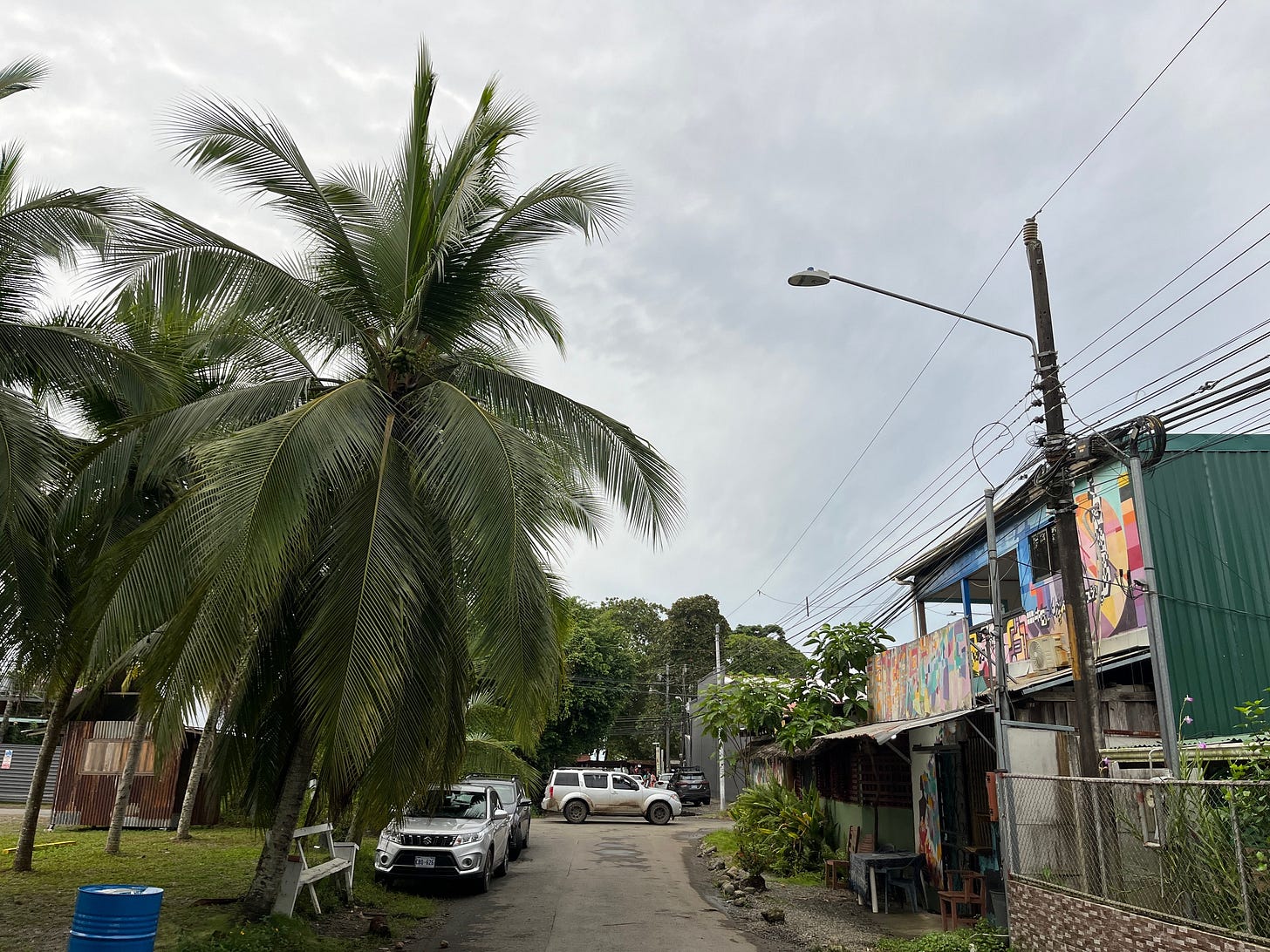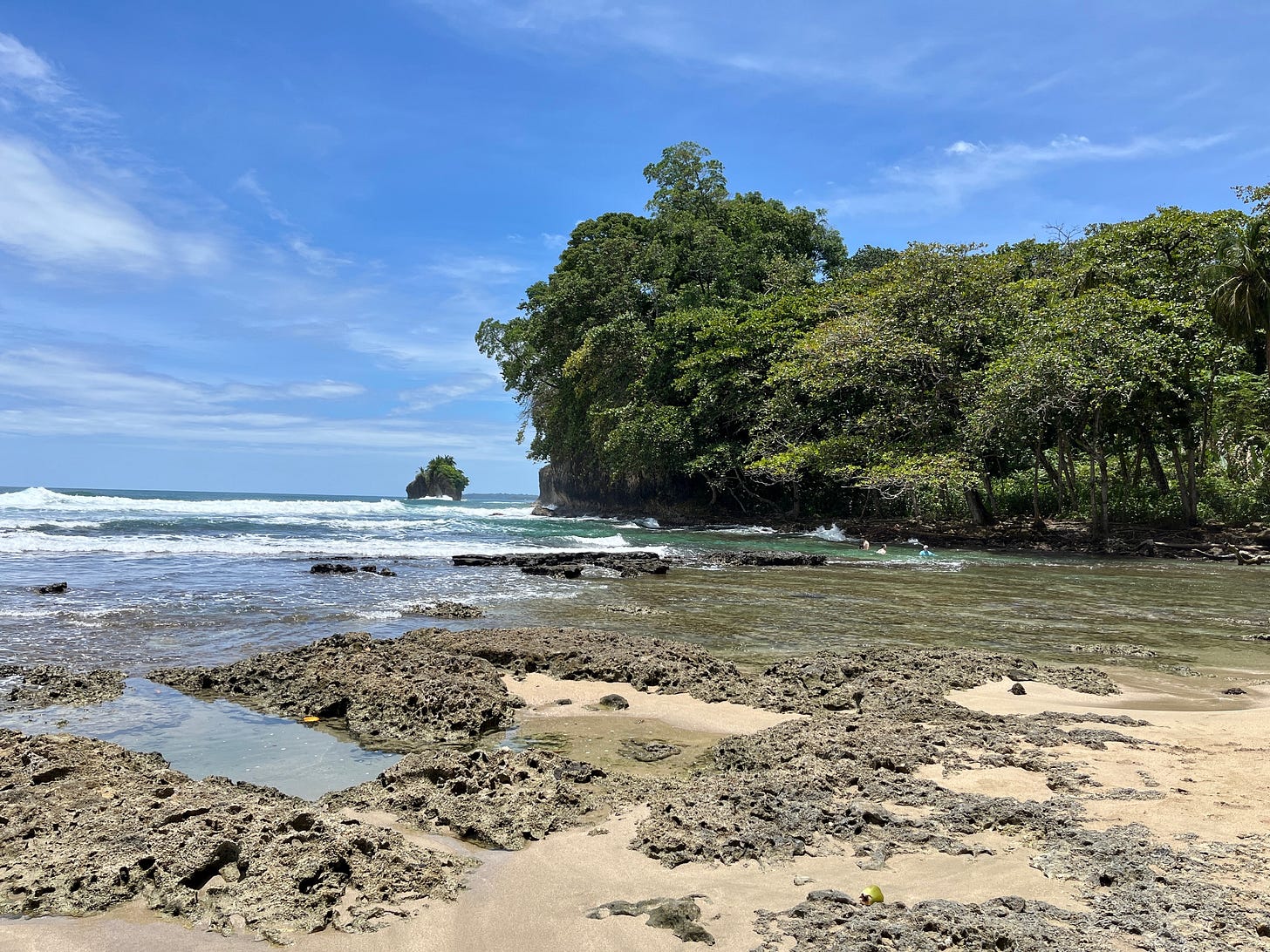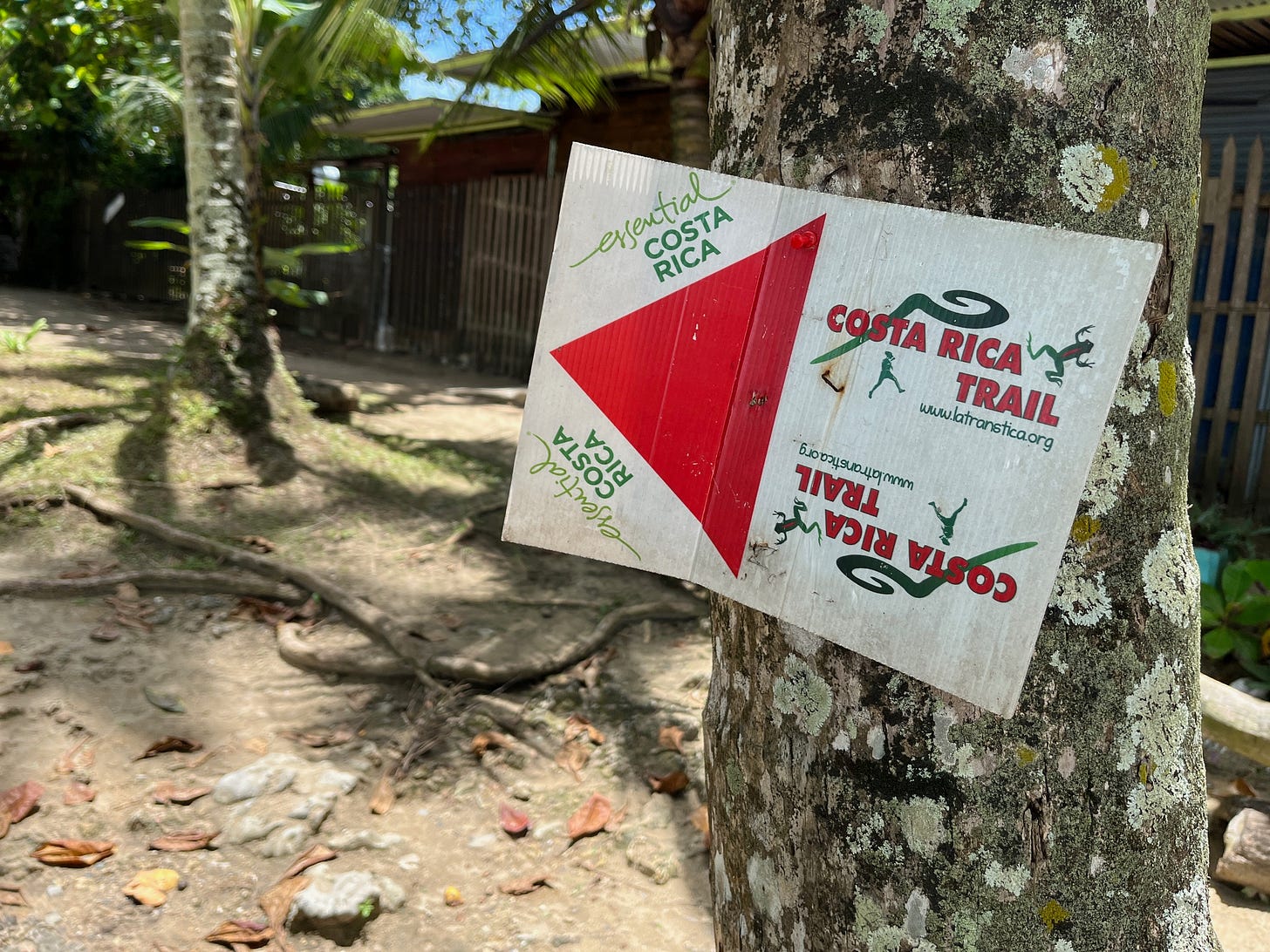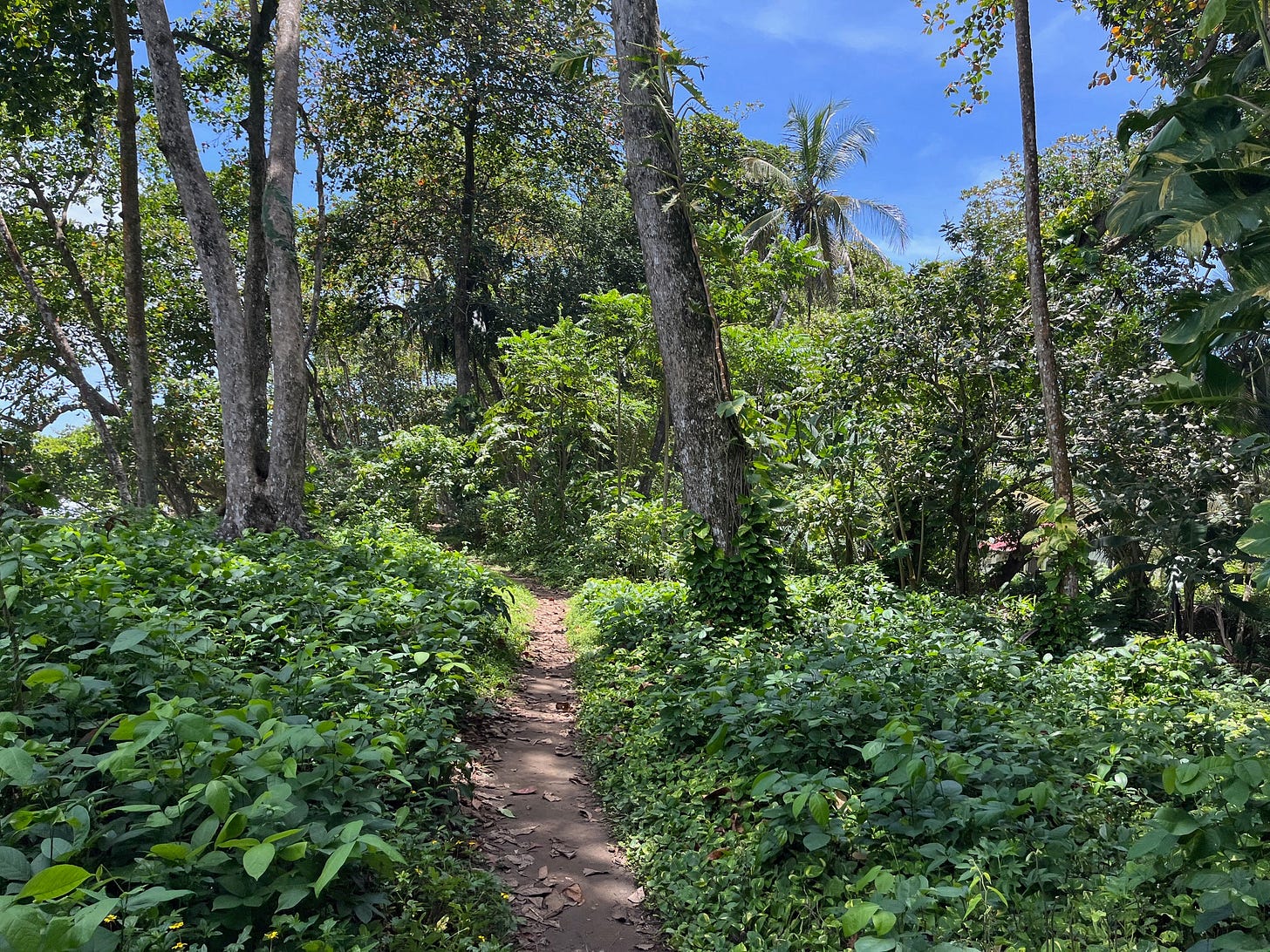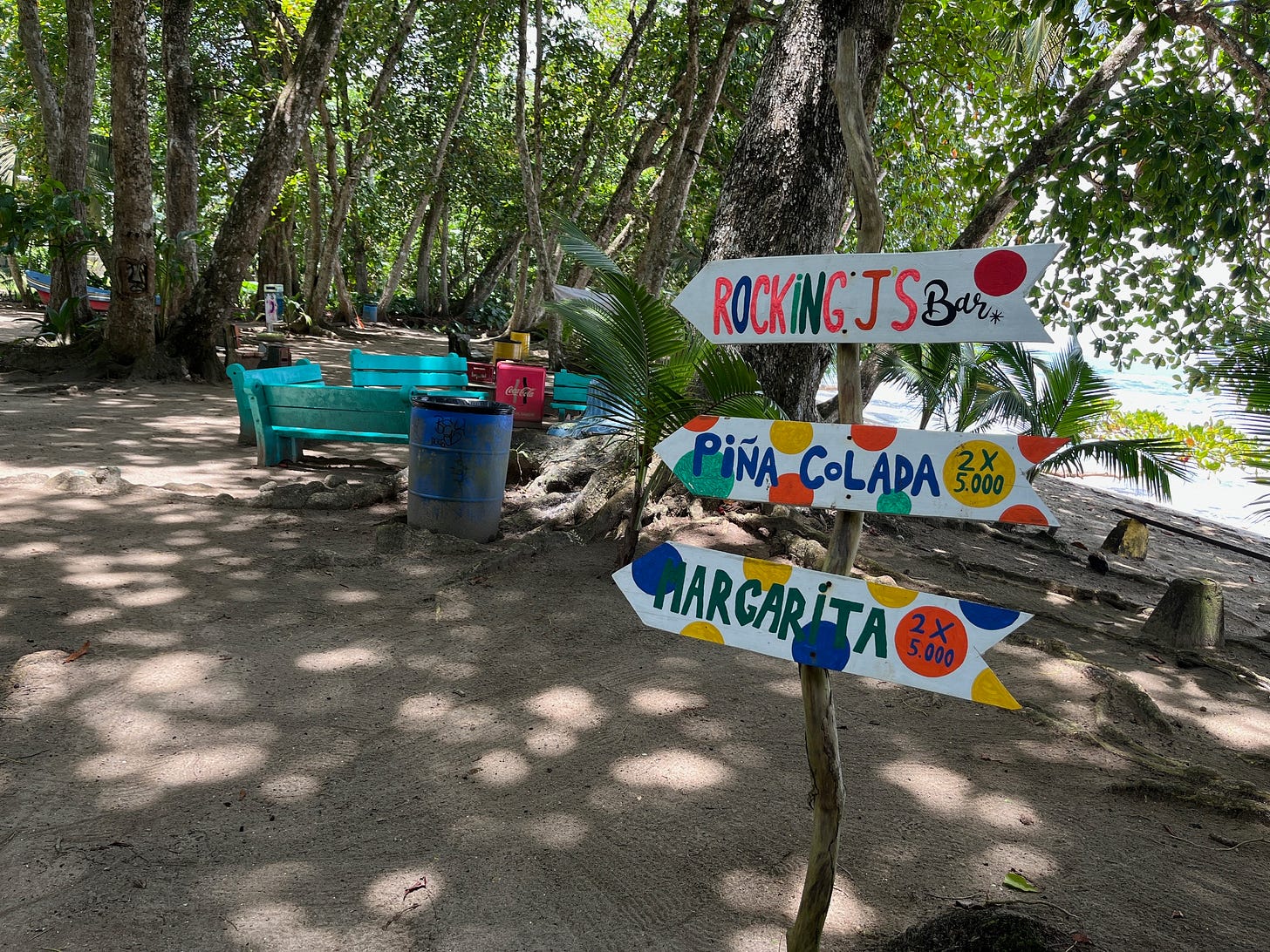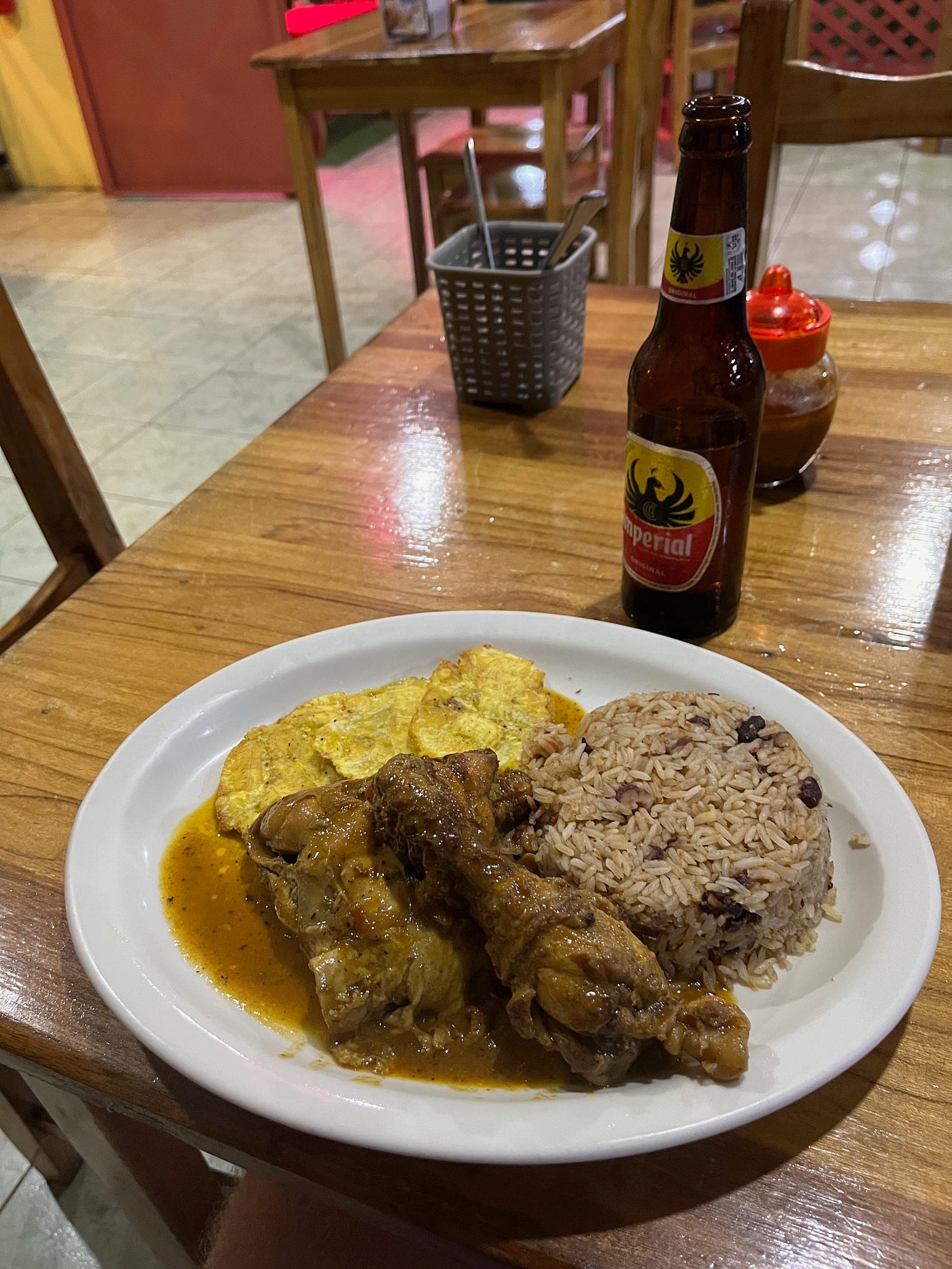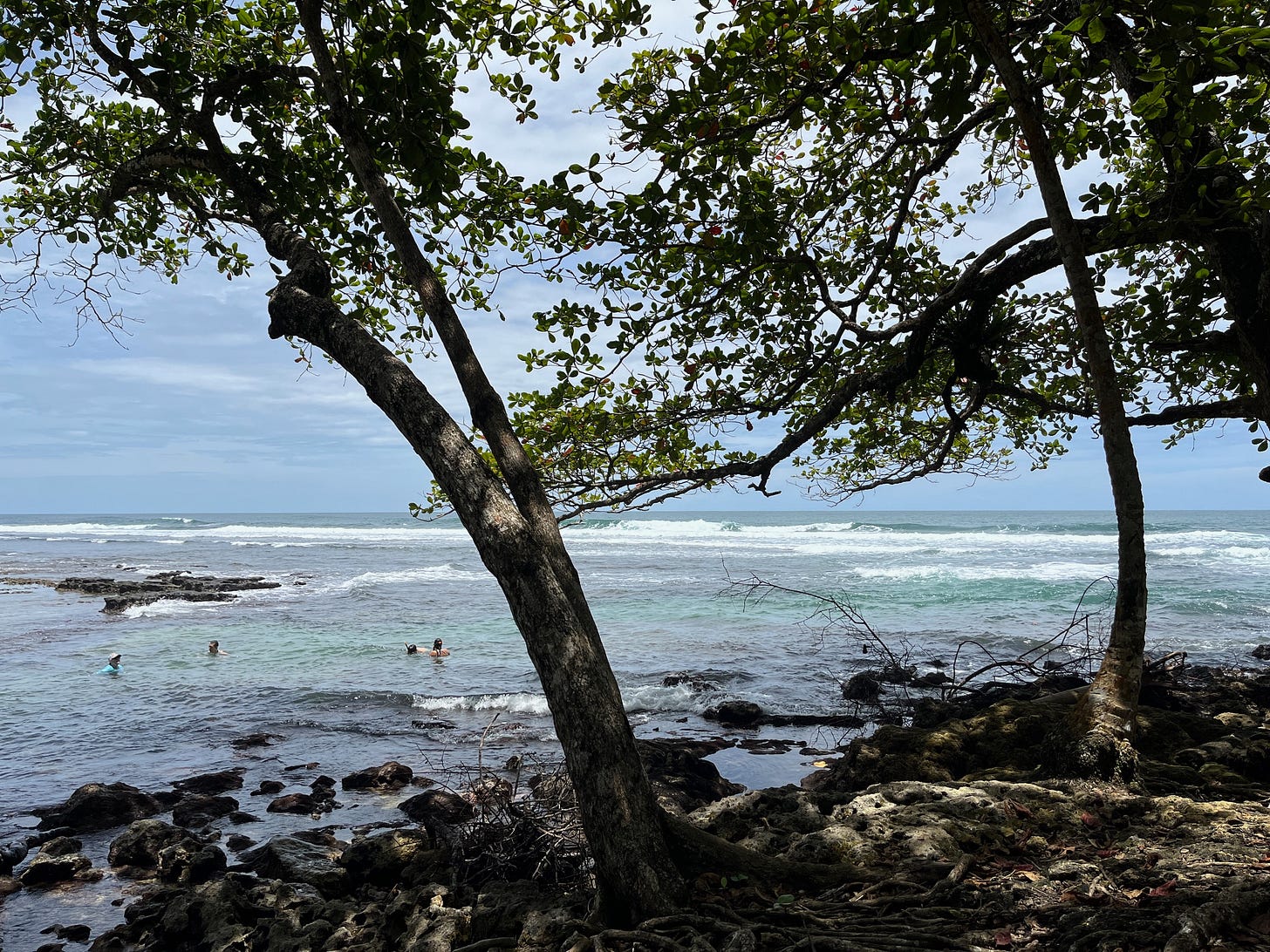Something that I think partially explains the current situation in America is the number of U.S. students that are enrolled in foreign language classes. It is…not a big number.
In 2023, a Pew Research survey estimated that roughly 20% of America’s K-12 youth had access to foreign language instruction; which might not sound that bad until you hear that most European Union countries clock in at anywhere from 64% (Belgium) to 100% (France, Romania, Austria, and several others.) The U.S. still doesn’t have federal requirements that foreign language be included in public school curriculums. So I feel pretty fortunate to have learned, un-learned, and then re-learned Spanish starting as early as 6th Grade. While opportunities to practice the language in real life scenarios were a bit scarce in the Boston burbs, learning Spanish still exposed me to the notion that there were more communities out there; with their own traditions and cultural touchstones. Eventually, I got to engage with these communities as a resident of Los Angeles and more recently—and lastingly—as a denizen of Jamaica Plain, which has been home to a great deal of Boston’s Latino and Afro-Latino families for generations.
So a few weeks ago, when a very unexpected opportunity to visit the Caribbean side of Costa Rica suddenly materialized, I immediately grabbed my daypack and started stuffing tank tops and short-shorts into it. You don’t often hear about gringos like me paying visits to Costa Rica in late August, because it’s the country’s rainy season and the chances of sheltering in your hotel room as sheets of liquid drench the landscape are pretty high. But one of the lures of Costa Rica over the last few decades has been eco-tourism. Its environmental protection policies are among the most robust in the world. In fact, when I was a kid, my family and I went there to visit the cloud forests, the volcanoes, and the beaches where sea turtles come ashore and lay their eggs. If you spend over 24 hours in Costa Rica, you will see two iconic words splashed across a t-shirt at a shop, or you might hear them mentioned warmly, in passing: Pura Vida.
Consider this the Costa Rican equivalent of Boston’s “Wicked Pissah” or Philly’s “Go Birds.” While the basic English translation of “Pura Vida” is “pure life” or “simple life,” the phrase speaks to something complex—a deeper appreciation for the elemental things in life. The natural world is about as elemental as things get, and while being able to appreciate nature shouldn’t be a thorny topic, the pollution and privatization of beautiful rural places can make “Pura Vida” feel less like a slogan and more like a rallying call. And yesterday, amidst relentless humidity, sunny skies, and certainty of afternoon thunderstorms, I stumbled upon a coastal trail that illustrated the beautiful idea behind Pura Vida and its vulnerability in 2025, and the challenging years ahead.
A few days earlier, after taking a long bus ride from San Jose through the mountains and past banana plantations to the Caribbean coastline, I had set up basecamp in the town of Puerto Viejo de Talamanca. Here, the beaches come in black sand and white, and the sodas (family-run cafes) and shops that make up the colorful labyrinth of the town are visibly weathered from the coastal elements. And that’s part of their charm. I had arrived here wearing a flowery shirt, and within just a day, I had taken to walking around the beaches and the town in nothing but shorts and sandals. I had no agenda because in such heat and humidity, you have to do what feels right in the moment. It could mean resting in your abode midday, and it may also mean following your nose when wandering around and being open to diversions. Case in point: I was heading for a Jamaican patty stand that people raved about. But on the way, I encountered a sign on a tree that said “Costa Rica Trail,” with a red arrow pointing into the jungle.
A few minutes of Internet sleuthing revealed that this trail ran through the trees and beaches between Puerto Viejo de Talamanca to an adjacent village called Manzanillo; nearly 8 miles from the trailhead! There was no chance in hell that I was going to walk that distance. At some point, the humidity would knock me over like a felled tree, and by then, the crawling and biting denizens of the jungle would have their way with me. It was also unclear who had created the trail. Or who managed it. That Costa Rica Trail sign could have been nailed to the tree by anyone. But that’s part of what intrigued me. However it came to being, the path was obvious and legible. The collision of maritime and jungle elements was irresistible. And following the Costa Rica Trail for a mile would take me to Playa Cocles; an enormous white sand beach that most visitors reach by rental car, tuk tuk, or motorbike. Someone had the idea of creating a way to walk to this heavenly beach. I wanted to follow their footprints. So I entered the jungle.
In a lot of places with adjacent tree canopies, it can take some time to feel like you’ve left the built world behind and entered the Herzogian realm of nature. This is not the case in Puerto Viejo. From the moment—the moment—I started sauntering along the so-called Costa Rica Trail, I was greeted by signs of the jungle’s resiliency. Little orange and black crabs skittered out of holes alongside the sandy path. I could hear the cries of monkeys in the branches overhead. Several times, I glimpsed tiny pieces of leaves and other jungle detritus moving across the path, carried by lines of industrious ants.
What I didn’t see nearly as often, for the first half hour, were other people. Save for a young couple heading the opposite direction into Puerto Viejo—carrying a board of necklaces to sell at a stand alongside the town road—I was more or less alone. The only other humans I encountered during the early stage of my hike were workers and guests at the restaurants and hotels that the trail passed through. And the important word there is through. This was not a path like the Marginal Way of Ogunquit, Maine, where you’re always separated from resort property by a fence. Here, outdoor table seating areas and open-air concert spaces were kind of a No Man’s Land you could walk across, as you followed the trail from the heart of Puerto Viejo to Playa Cocles.
The other evening, while walking through a rising tide at Playa Negra—another local beach where the fine sands are the color of coal—I had witnessed something more reminiscent of hot coastal regions back in the U.S. One of the few resorts alongside the beach had an outdoor lounging area with cabanas and a thatched-roof bar. The property line ended at the sand, so that access to Playa Negra wouldn’t be impeded. But the boundary was marked in places by red flags on white poles; a reminder that you were toeing a line that you had better not think about crossing. Now, that’s not necessarily a problem for the broader public. Even in countries with “Right To Roam” laws, you can’t just walk up to the edge of someone’s house and crack a beer. But what I couldn’t help thinking about on my Playa Negra walk and my Costa Rica Trail adventure is, what happens if private property lines start to breaches the beaches?
As I’ve written about here, and in other places, that kind of exclusion is very much a ground reality in New England. Cape Cod visitors and residents alike find themselves being shouted off of the intertidal zone by adjacent homeowners. When Taylor Swift bought her storied beachside mansion in Watch Hill, Rhode Island, access to the part of the shoreline bordering her house was cinched off. (Security guards patrol the area through the year, even when Swift is somewhere else….which she is most of the time.) In any of these instances, the foundational impulse is wanting to experience the great outdoors without the presence of other people; especially the unwashed masses who aren’t ponying up for a $400 hotel room, or who couldn’t get a coastal mortgage. It’s not a stretch to imagine this playing out in Puerto Viejo. Because it’s already starting.
In any town or city that draws an international crowd—among which English may not be the most common language—it’s interesting to note which businesses have taken an English-first approach to signage and branding. This usually tells you who they are catering to, first and foremost. As I got closer to Playa Cocles via the Costa Rica Trail, one of the properties that I walked across appeared to be an outdoor party space with a wooden stage and crunchy, tie-dyed banners with New Age iconography and words such as “Let’s Raise Our Vibration.” It’s not surprising that Costa Rica, renowned for its natural beauty and culture of appreciation for the outdoors, is something of a hotbed for gringo hippies. (Fun fact: I saw my first KENNEDY 2024 bumper sticker on the back of a pickup truck in Puerto Viejo!) Where this gets messy is when visitors from the U.S. and other wealthy countries become so pervasive in a region that investors decide to get in on the action by acquiring land and transforming it into something that will be familiar to the visitors; something that’s not visibly weathered by Caribbean rains and winds, and which isn’t seasoned with local history and tradition. This is very similar to the gentrification we see in American cities, where lower income residents that made overlooked parts of the city interesting with innovative spins on art and food are the first to get displaced, once people with money are poking around the neighborhood.
For now, Puerto Viejo has been somewhat spared from the gentrification which has caused earthquakes for poorer residents of Costa Rica’s Guanacaste province on the Pacific coast. The allure of beach towns such as Manuel Antonio and Tamarindo has helped catalyze private development over there, targeted at tourists and expats with deep pockets. Sadly—and ironically—this gentrification is one of the probable forces behind something that could actually put a damper on tourism in Costa Rica; rising violent crime rates, as gangs with ties to cartels take advantage of rising inequality and fraying social cohesion in areas that have seen more tourism and displacement.
Still, let’s address the elephant in the room here. I’m writing about all of this from the perspective of having just visited the very place where the concept of Pura Vida is in the crosshairs of capitalism. I’m aware that writing about the beauty of Puerto Viejo, which I saw along the Costa Rica Trail and at the town’s dreamlike beaches, has the potential to contribute to the problem of over-tourism and displacement. But I also don’t believe that the preventative solution to gentrification is avoiding social cross pollination. The smarter response, in my opinion, is doing the opposite of what the colony-like resorts and restaurants want you to do—to engage with these beautiful places in a way that means interacting more frequently with people who live there.
What does that look like, in practice? It could mean doing the legwork to find a good family-owned hotel, instead of plumping for the shiny resort with an Instagram page full of jacked and tanned influencers chilling in the jacuzzi. (On this front, I will highly recommend Indalo Hotel, whose kind owner, Gonzalo, encouraged me to treat the place “like you would treat your home.”) The same goes for restaurants; the sodas of Puerto Viejo are storied places where some of the best casado—stewed chicken and beans and rice cooked in coconut milk—is hidden. Traveling like this may also mean taking some time to learn at least a few turns of phrase in the native language, as a means of ingratiating yourself to folks with whom you interact. It won’t always shake out that way, but trying usually paves the ground for a warmer exchange, even if the conversation reverts to English when your limitations become obvious. And if you find yourself flying home entranced by what you’ve seen, you could always come back and play a hands-on role in keeping the place resplendent and accessible, by volunteering.
As the twists of the Costa Rica Trail got leafier and bushier, I finally started to see more pathfinders. Some of them were walking the trail just like me, and we traded nods and offerings of “buenas” as we rambled onward. Several other people were basking in the aquamarine shallows of smaller coves and beaches beyond the jungle’s tree line. Near these oases, I would often spot a motorbike resting against a tree, and a rooty access road that connected to the main drag to Playa Cocles. I could see that main road from some of the more secluded swimming areas. I knew the traffic there was intensifying. But somehow, the jungle still managed to make those roars feel distant and abstract.
The Costa Rica Trail
Hike distance: 3.4 miles out-and-back to Playa Cocles
Elevation gain: 50-ish feet
CLICK HERE for a trail map


